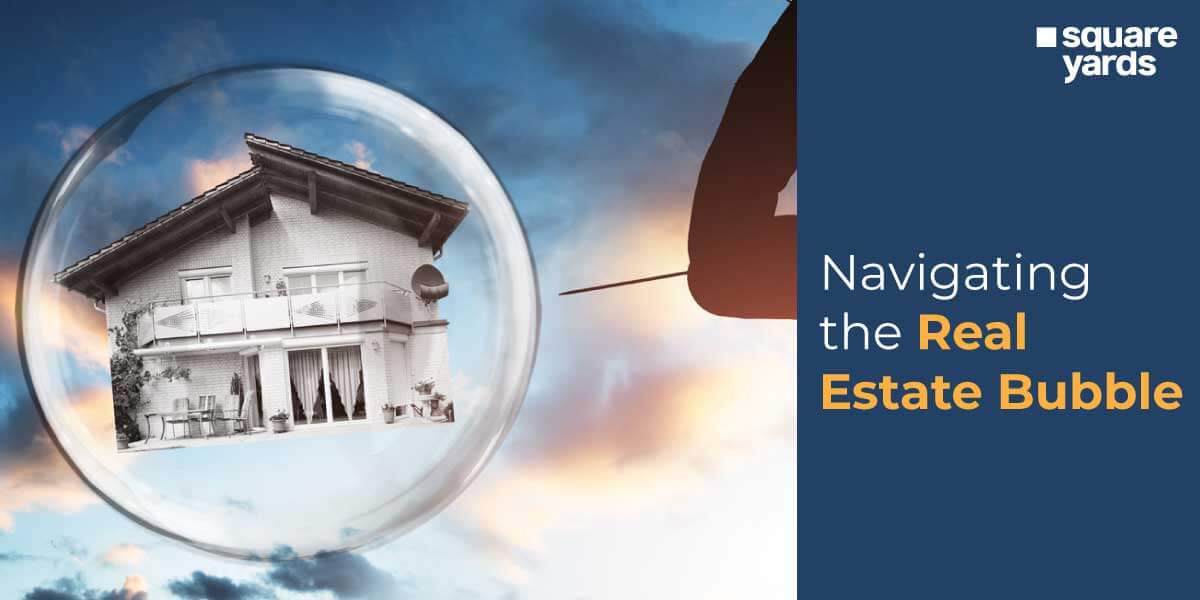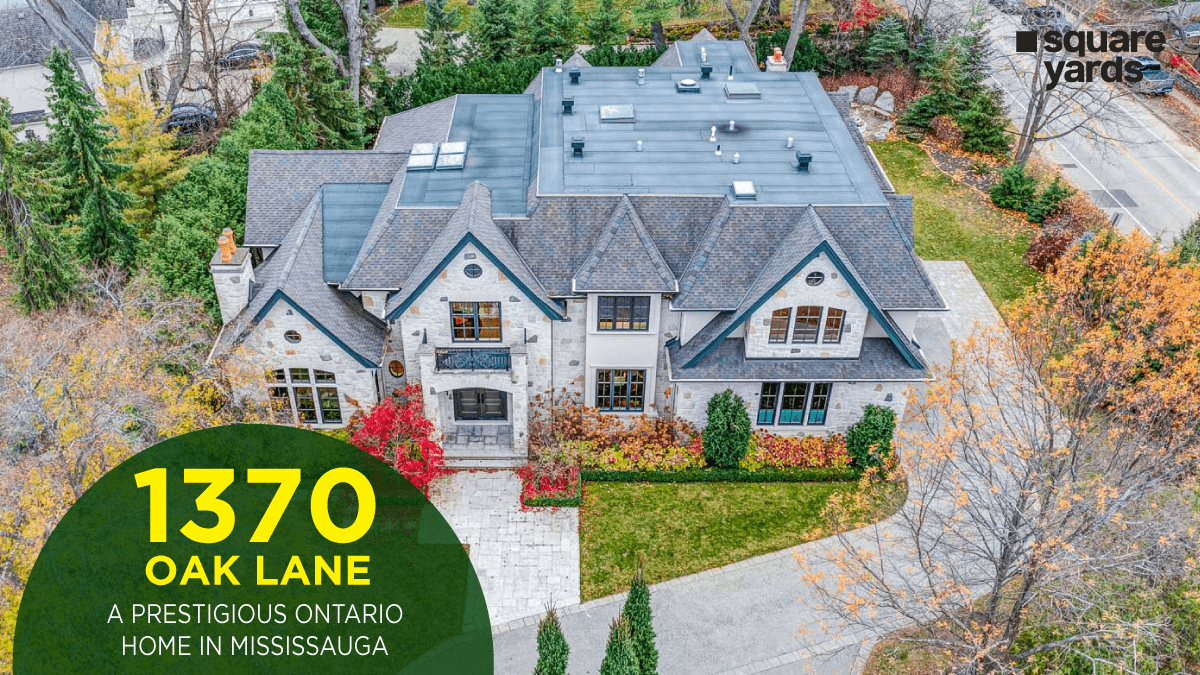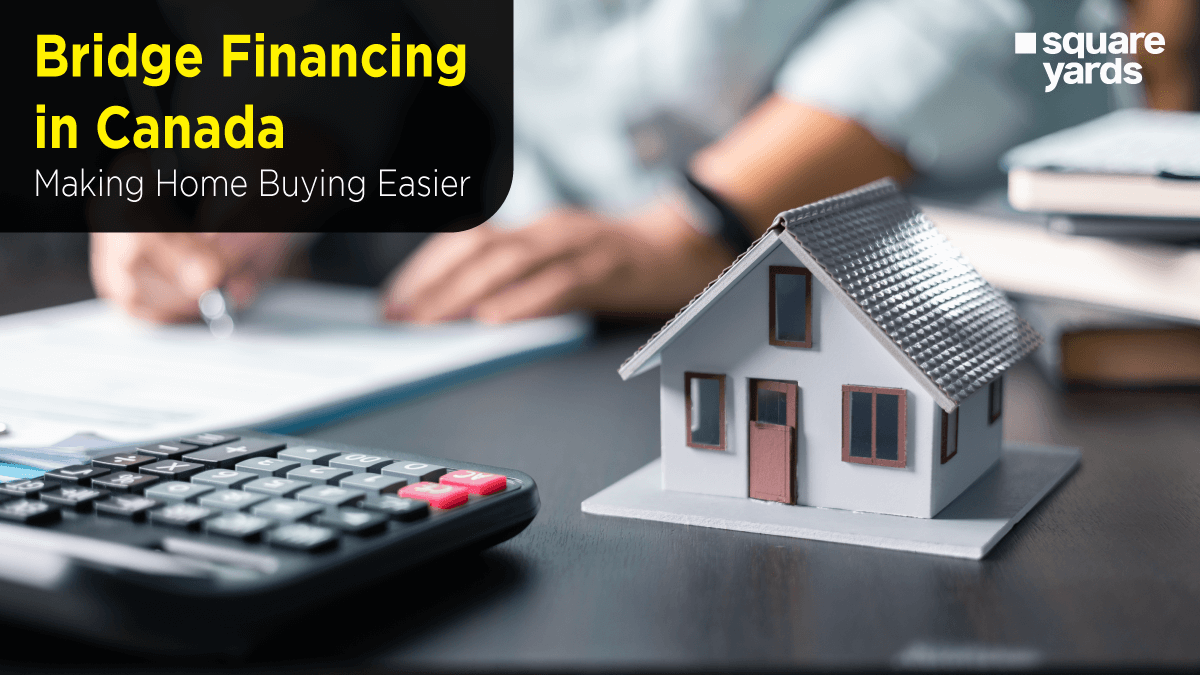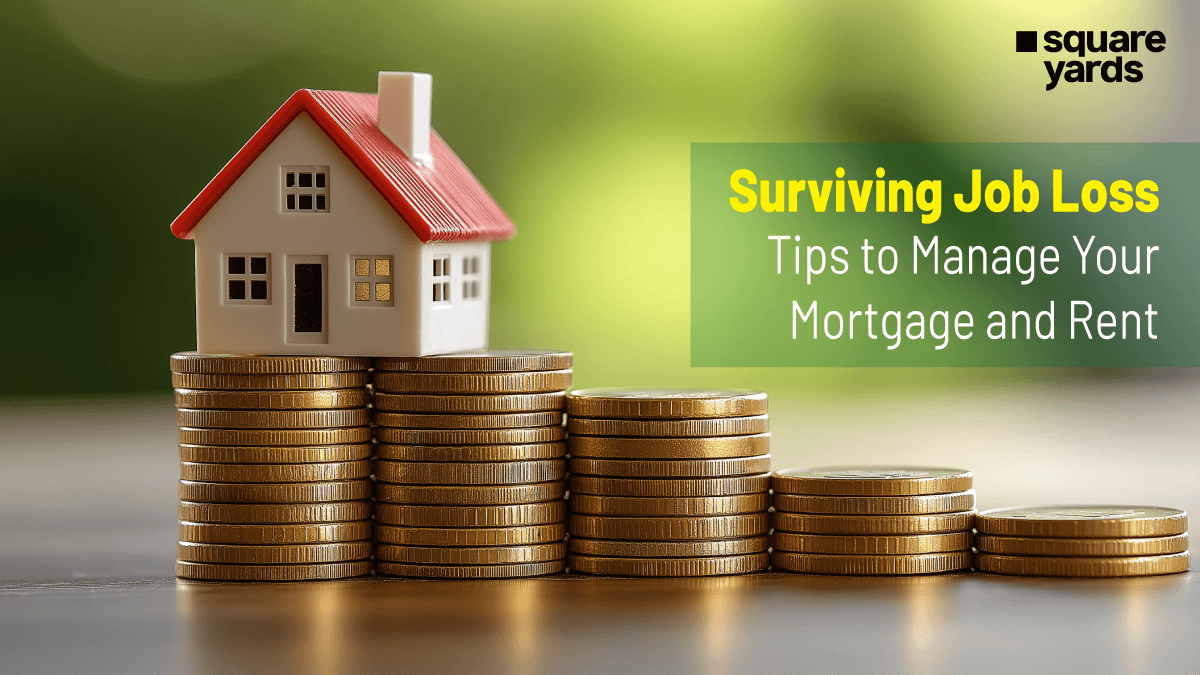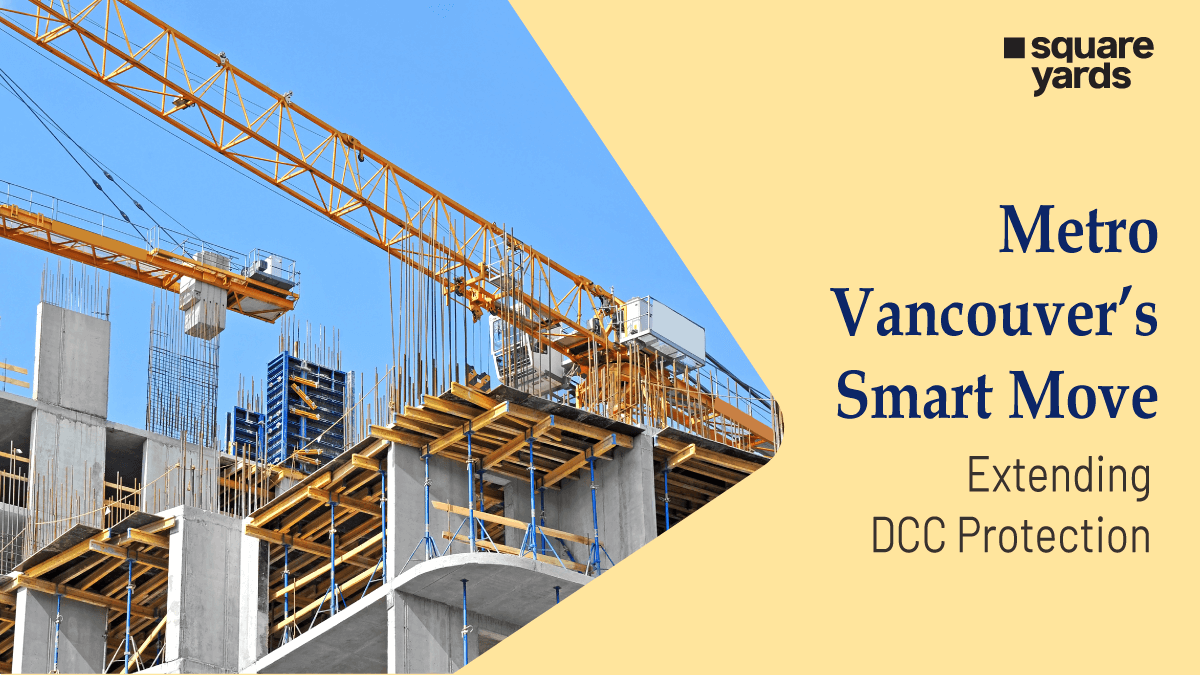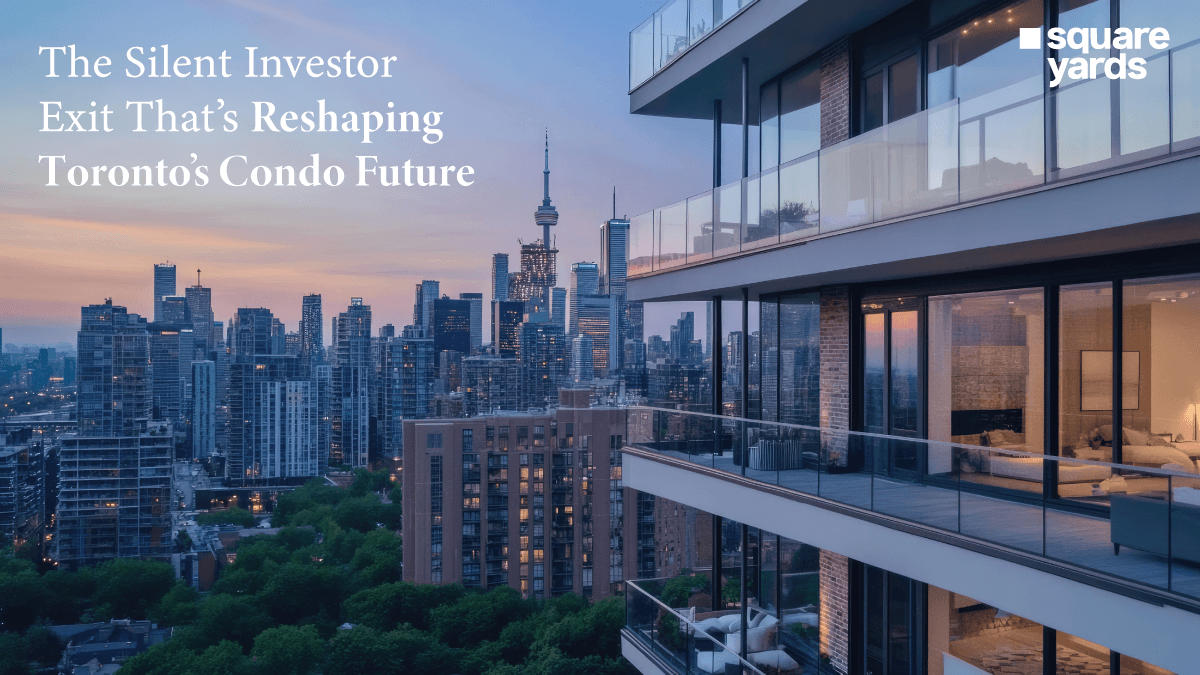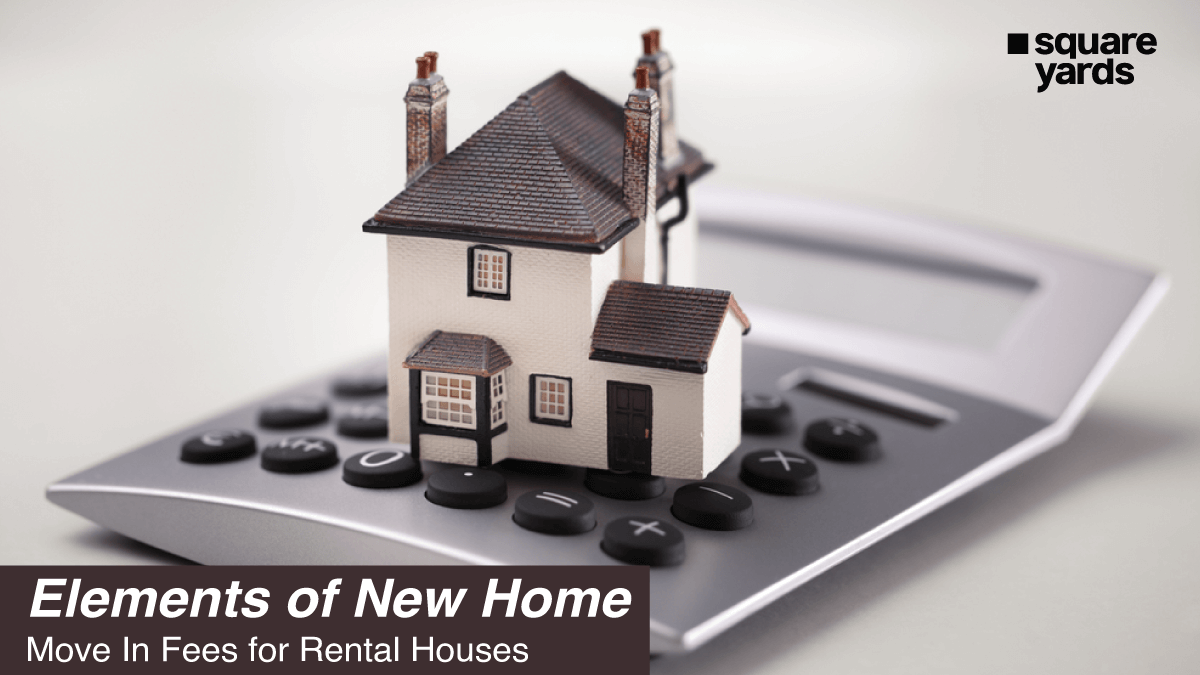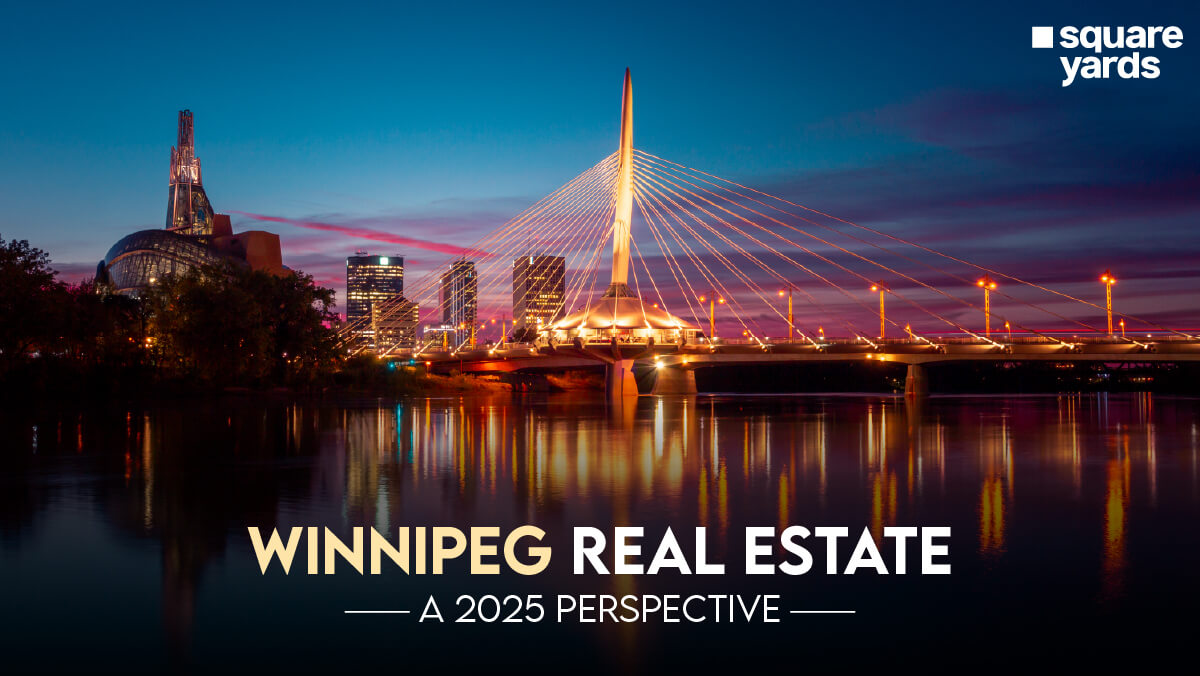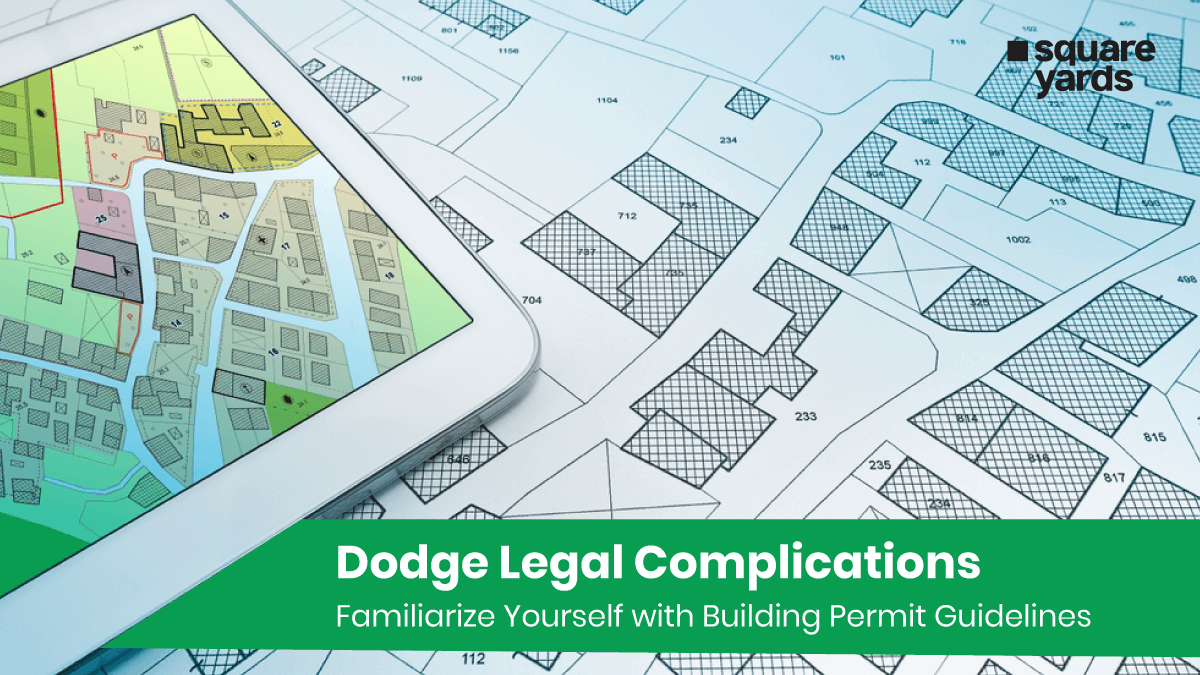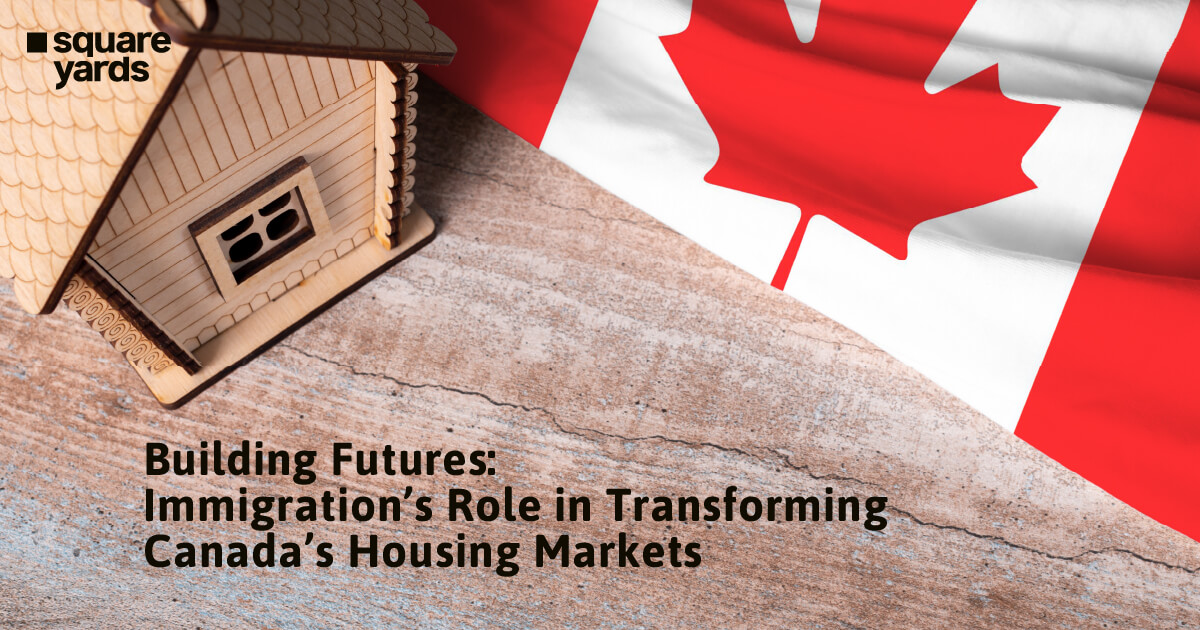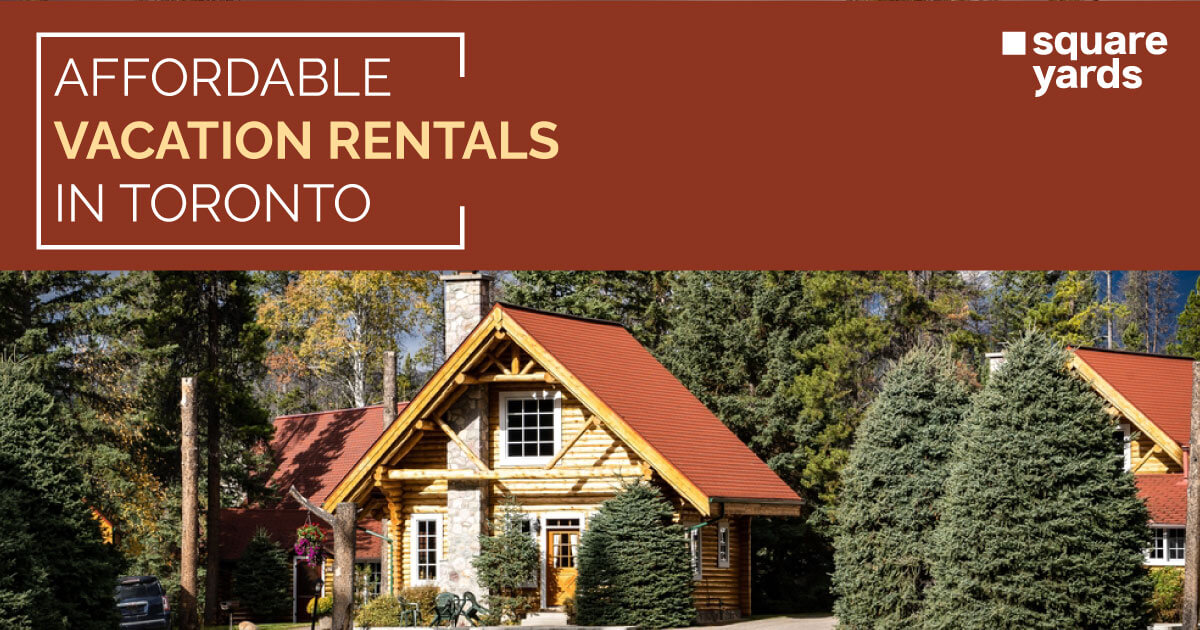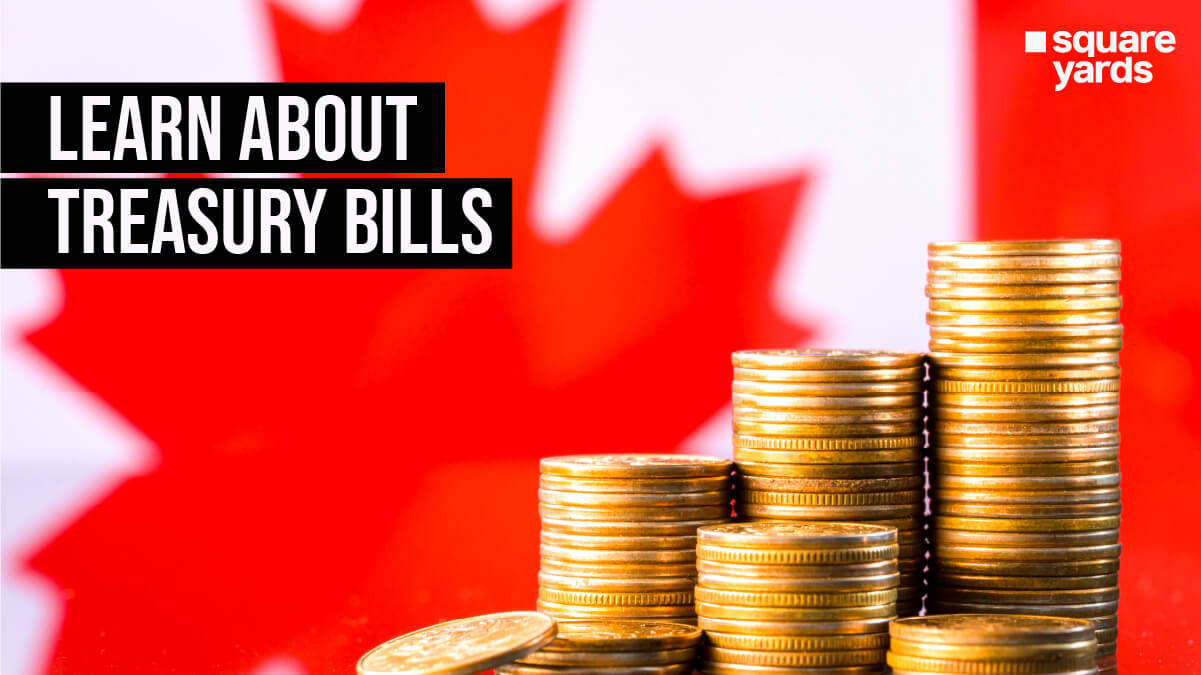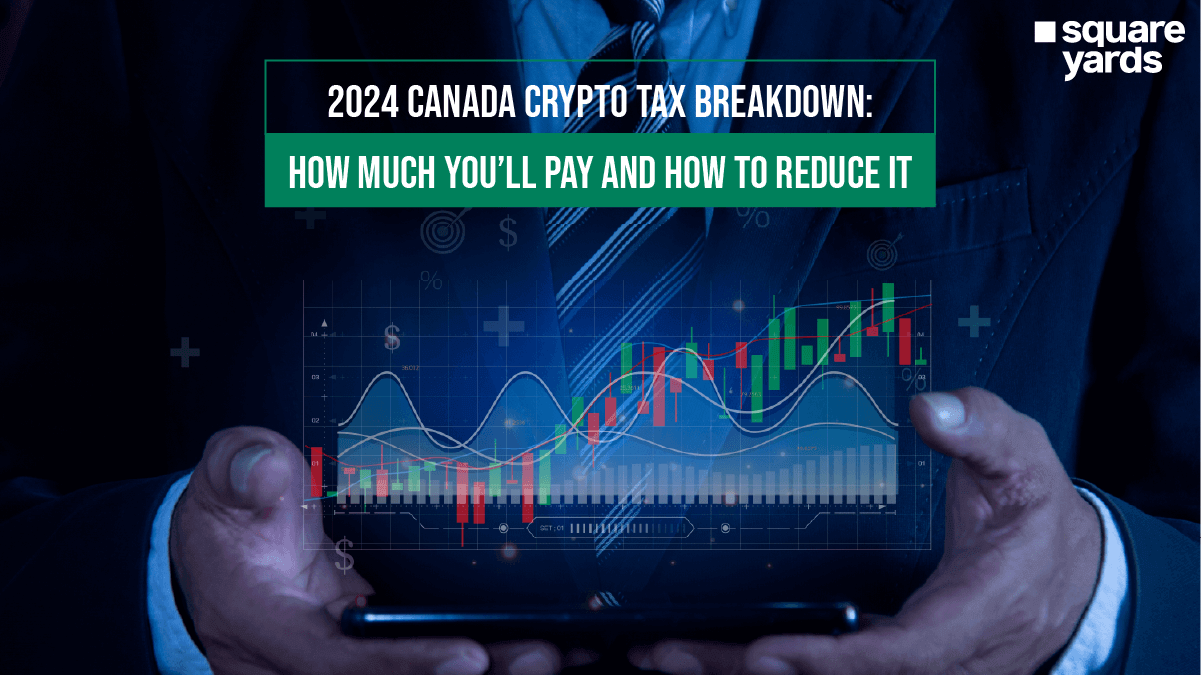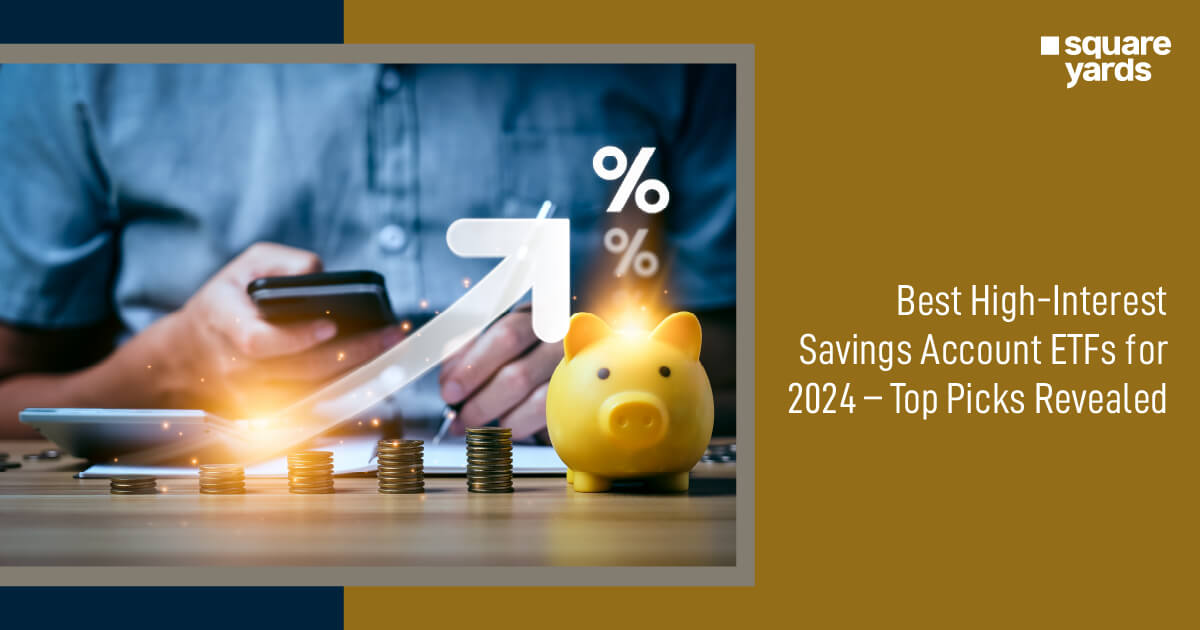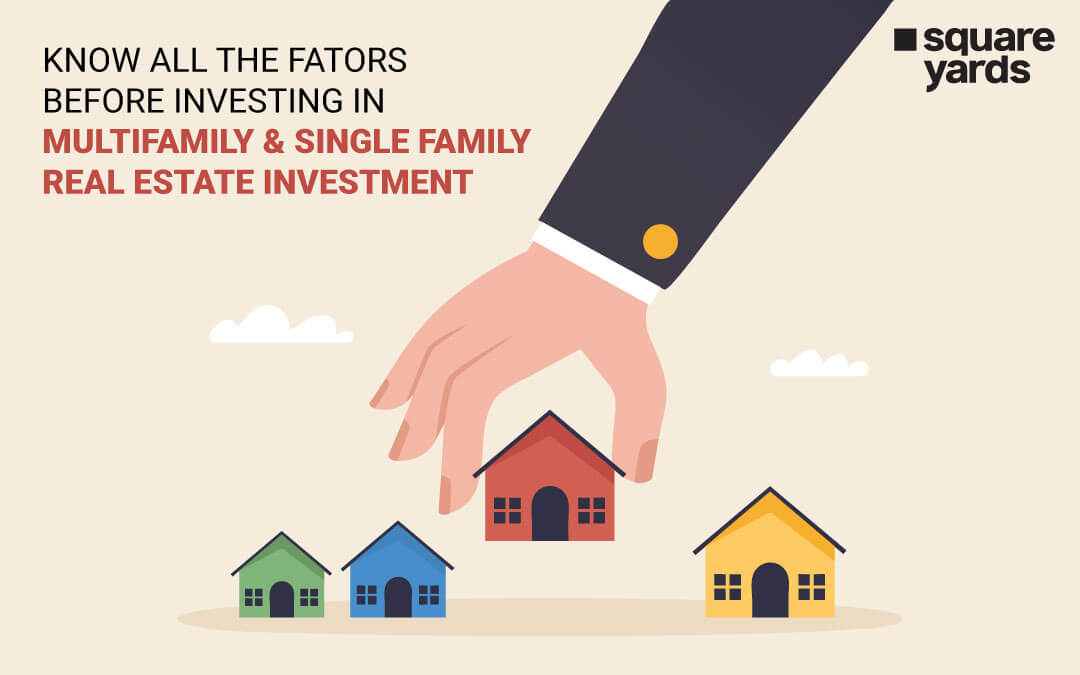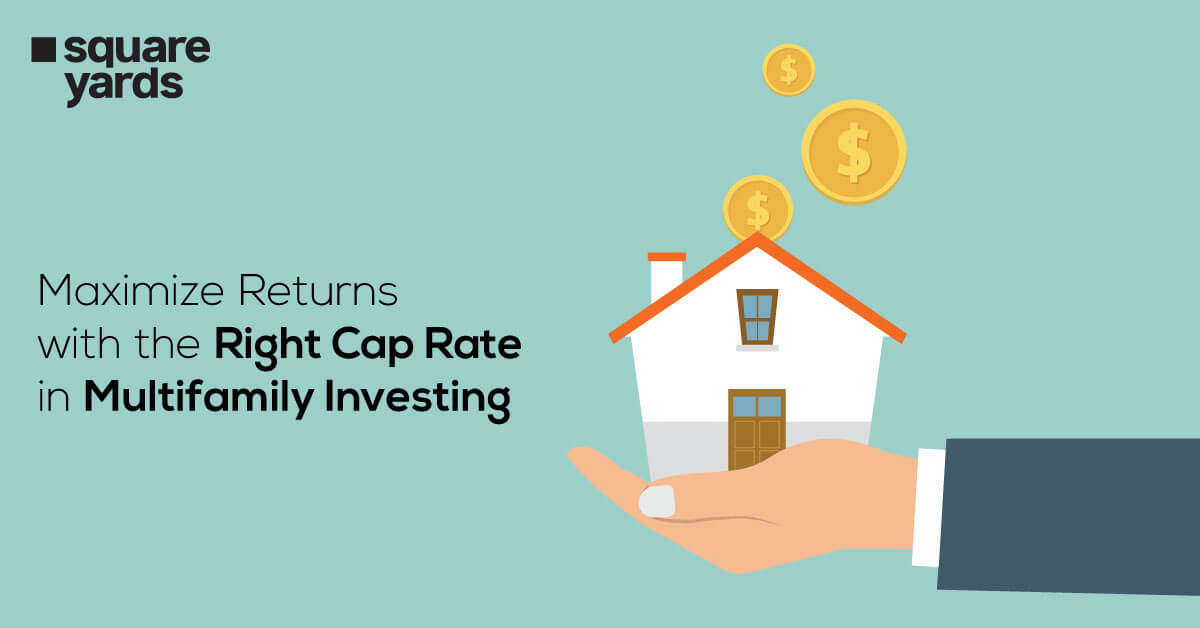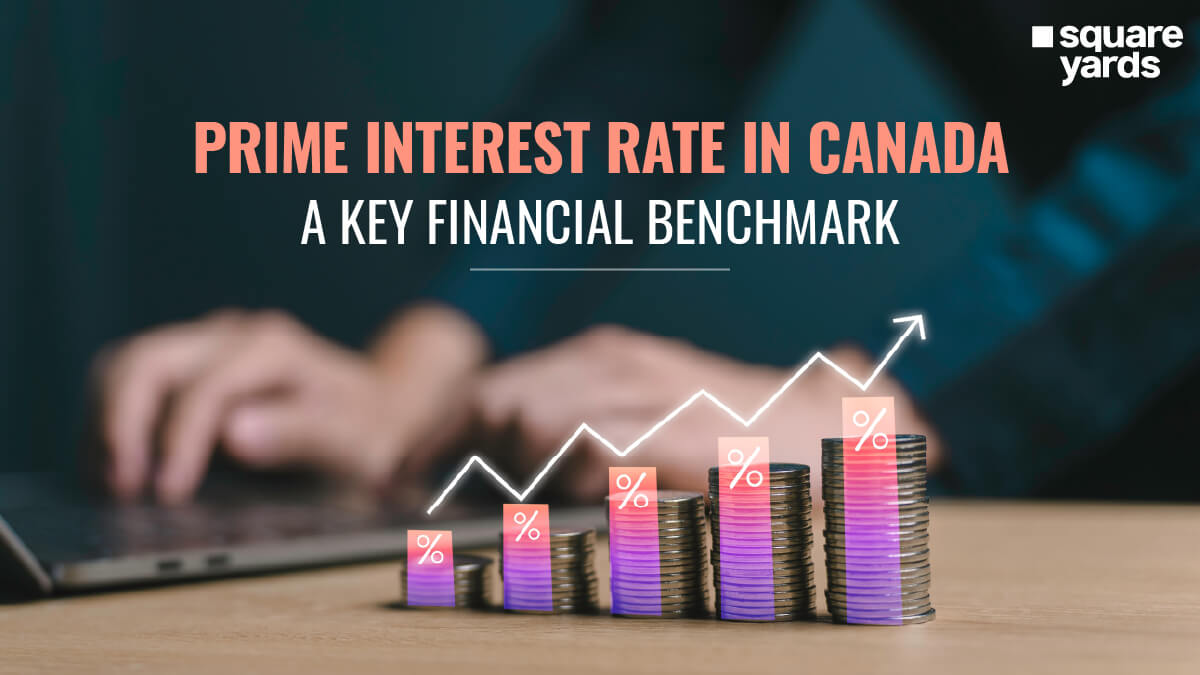The allure of real estate has long captivated individuals and investors alike, offering the promise of wealth creation and stability. Yet, beneath the surface of this seemingly stable asset class lies a potential storm – the real estate bubble in Canada. This phenomenon, characterised by an unsustainable rise in housing prices, often leads to a sudden and devastating burst, leaving investors and homeowners grappling with significant financial losses.
What is The “Bubble”?
In economics, a real estate bubble emerges as housing prices soar at an unsustainable rate, detached from the underlying economic fundamentals. This phenomenon, often driven by speculation and excessive demand, leads to inflated valuations that eventually burst, causing significant financial repercussions. The genesis of a real estate bubble in Canada typically lies in a confluence of factors that create an environment ripe for speculation. Easy access to credit, characterised by relaxed lending standards and low interest rates, fuels the bubble’s growth. With borrowing becoming more accessible, potential buyers perceive real estate as an attractive investment opportunity, believing they can easily acquire property and reap substantial profits from future price appreciation. The perception of real estate as a safe haven asset further exacerbates the bubble’s growth.
Investors seeking refuge from volatile markets or economic uncertainty turn to real estate, believing it to be a stable and secure investment option. This influx of demand, driven by a fear-of-missing-out (FOMO) mentality, further propels prices higher. As prices continue to escalate, a sense of euphoria pervades the market. Buyers, convinced of the inevitability of further appreciation, rush to purchase properties, often without thorough due diligence or consideration of their affordability. This speculative frenzy, fuelled by unrealistic expectations and a disregard for underlying economic realities, creates a self-fulfilling prophecy of ever-increasing values.
However, the bubble’s unsustainable nature eventually leads to its inevitable collapse. When economic conditions shift, or the supply of housing outpaces demand, the illusion of limitless price growth shatters. Buyers, confronted with mounting financial pressures and diminishing returns, begin to withdraw from the market. The resulting decline in demand triggers a chain reaction as sellers, desperate to offload their properties before prices plummet, lower their asking prices. This downward spiral accelerates as panic sets in, leading to a dramatic correction in housing values.
The real estate bubble burst leaves a trail of financial devastation in its wake. Borrowers who purchased properties at inflated prices find themselves underwater, unable to recoup their investments as property values plummet. Lenders face mounting loan defaults, jeopardising their financial stability. The economic fallout extends beyond the housing market, affecting the broader economy. As wealth evaporates and confidence wanes, consumer spending contracts, businesses face reduced demand, and economic growth decelerates. The effects of a real estate bubble can linger for years, hampering economic recovery and causing widespread hardship.
Warning Signs of a Looming Real Estate Bubble in Canada
While real estate bubbles may seem unpredictable, there are often telltale signs that can signal an impending crash. Recognising these warning signs is crucial for making informed decisions about buying, selling, or investing in real estate.
-
Rapid Price Increases
One of the most prominent signs of a real estate bubble in Canada is a surge in housing prices that outpaces the growth of incomes and inflation. When prices rise faster than affordability measures, such as the median price-to-income ratio, speculation and FOMO (fear of missing out) drive the market rather than fundamental economic factors.
-
Low Inventory and High Demand
A shortage of available homes and high buyer demand can create an environment ripe for a bubble. This imbalance in supply and demand pushes prices higher as buyers compete for limited properties.
-
Speculative Buying
When investors purchase homes primarily with the expectation of quick price appreciation rather than long-term occupancy, it signals a shift towards speculative buying. This speculative behaviour can further fuel the bubble as investors drive up prices with their buying frenzy.
-
Risky Lending Practices
Relaxed lending standards and easy access to credit can encourage individuals to take on more debt than they can afford, particularly in the form of subprime mortgages. This increase in risky lending practices contributes to the bubble’s growth, allowing more people to participate in the overheated market.
-
Unrealistic Expectations
When market participants begin to believe that housing prices will continue to rise indefinitely, it creates a sense of euphoria and unrealistic expectations. This mindset can blind investors and buyers to the potential risks of a bubble burst.
-
Fear of Missing Out (FOMO)
As prices continue to rise, buyers may feel pressured to act quickly and make impulsive decisions out of fear of missing out on potential gains. This FOMO mentality further exacerbates the bubble’s expansion.
-
Disconnect from Fundamentals
When housing prices deviate significantly from underlying economic fundamentals, such as incomes, rents, and interest rates, it suggests that the market is overheating. This disconnect from fundamentals is a hallmark of a real estate bubble in Canada.
-
Increased Construction Activity
A sudden surge in new housing construction, particularly in areas with limited demand, can indicate that developers are overestimating future demand and fuelling the bubble.
-
Geographic Concentration
Real estate bubbles often occur in specific geographic areas, particularly those with high desirability or limited supply. Identifying these concentrated areas can help investors and buyers assess the potential risks.
Navigating the Aftermath of a Real Estate Bubble
The burst of a real estate bubble can have far-reaching consequences, impacting homeowners, investors, and the broader economy. When prices plummet, homeowners may find themselves underwater, owing more on their mortgages than their homes are worth. Investors face significant losses as the value of their portfolios declines, and financial institutions may grapple with increased defaults and delinquencies. Moreover, the overall economy may suffer as consumer spending diminishes due to wealth losses and reduced confidence. Governments may intervene to mitigate the impact of a bubble burst, but these actions may also have unintended consequences.
In the aftermath of a real estate bubble in Canada, it is crucial for individuals and policymakers to adopt a cautious approach. Individuals should carefully assess their financial situation and make informed decisions about their real estate holdings. Policymakers should focus on addressing the underlying causes of the bubble and implementing measures to promote stability in the housing market.
In Conclusion
Real estate bubbles, driven by speculation and detached from economic fundamentals, can have devastating consequences when they burst. Recognising the warning signs, such as rapid price increases, low inventory, speculative buying, risky lending practices, unrealistic expectations, media frenzy, FOMO, disconnect from fundamentals, increased construction activity, and geographic concentration, is crucial for making informed decisions and mitigating potential losses. Understanding the dynamics of real estate bubbles and their potential consequences is essential for safeguarding against the risks associated with unsustainable market conditions. By recognising the warning signs and exercising prudence, individuals and policymakers can navigate the challenges posed by real estate bubbles and promote a more stable and resilient housing market.
You May Also Read :
|
Know The Tiny Homes Ontario |
|
|
Factors of Buying Historic Homes |
|
|
Explore Canada Housing Market Predictions |
|
|
Guide To Asbestos in Homes |

